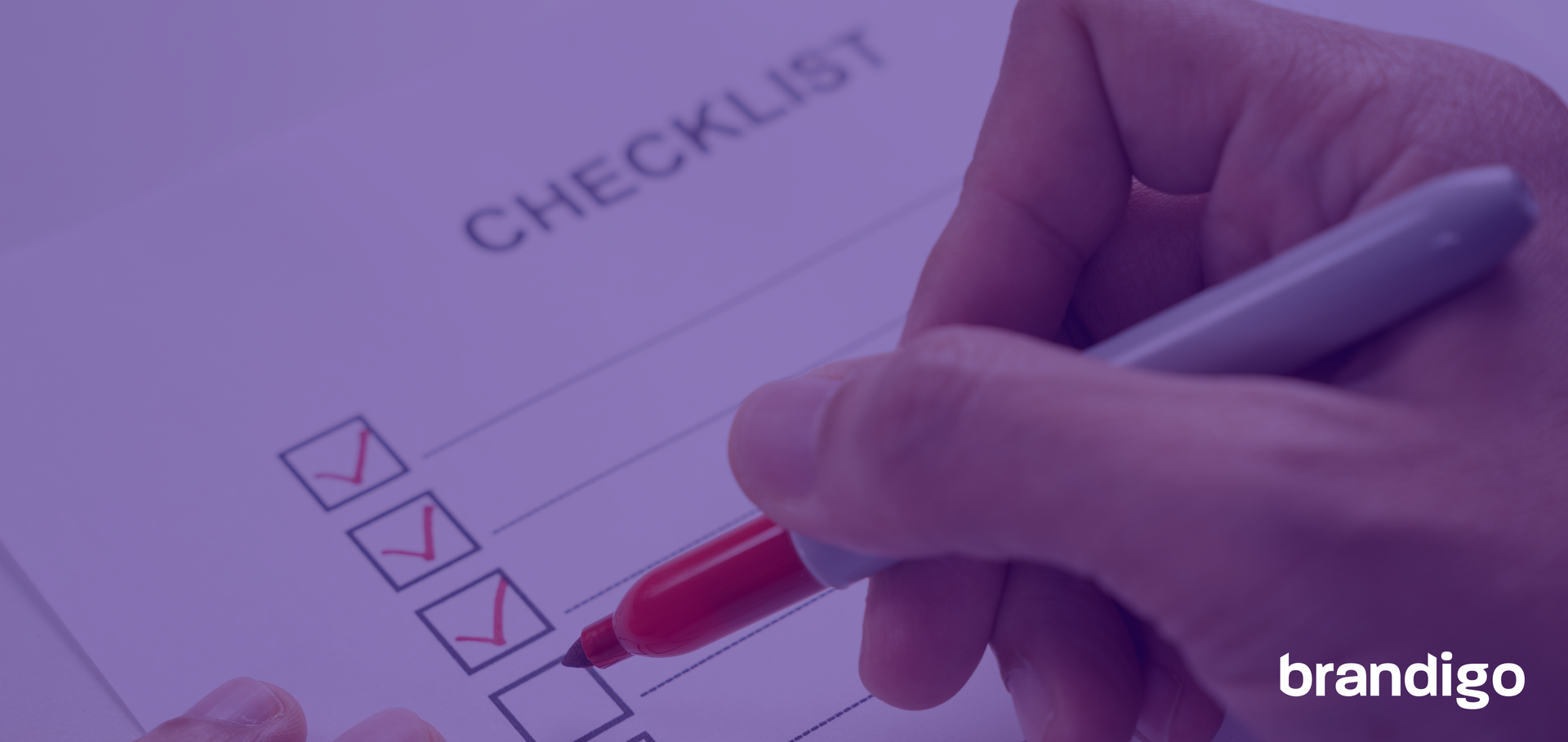August 4, 2024
DS Smith
Website Case Study
How do we unite and excite our employees post M&A under one unified brand?
Challenge
London based DS Smith, one of the world’s largest publicly traded packaging companies with revenues topping £8 Billion, headquartered in London, came to Brandigo to help define their brand’s core value proposition, purpose, and visual representation. This had particularly become a challenge as much of DS Smith’s growth had come from acquisitions around the globe so many brand silos, differing company cultures and brand value propositions existed. Brandigo was charged with creating a new purpose, essence, and positioning that could unify the company under one singularly focused brand.
Solutions
Following the format of 1) Who does the brand need to convince? 2) What do they currently think, feel and do? 3) What do we need then to think, feel, and do? 4) What moves them, what are the points of differentiation we can keep returning to and build upon? And 5) How can we get those points of difference out into real-world actions and behaviors?
We started with understanding that much of the challenge was about the internal culture and employee brand. With that in mind, we interviewed dozens of employees across the different global locations, particularly those that had more recently been acquired by DS Smith and rebranded.
From this, we were able to find the common, emotional thread that tied it all together, and that was wanting and needing to be not only the world’s top packaging company, but also the most environmentally forward brand in the space.
A new brand purpose reflecting this was created as Redefining Packaging for a Changing World and crafted to a new brand essence and tagline: The Power of Less.
Brandigo then create a new visual way to express this positioning, creating a brand icon called the D Window. The D Window is expressed as seeing the what’s possible, what’s new, what can change the world by looking through the window. We used the existing logomark to create this standard that became the focal part of the new brand.
To ensure that the new brand essence, positioning and visual representation was used consistently by dozens of marketing teams across the globe, Brandigo created extensive Brand Guidelines that addressed every possible scenario, from marketing asset design templates, fleet signage, in-airport advertising, social, video, pitch decks to all things digital, the new Guidelines covered 215 pages.
To launch the new brand strategy, Brandigo helped create a global employee event across dozens of offices and facilities in 9 countries and languages, including engagement events, contests, entertainment, training events and employee swag.

For many companies, the fourth quarter is both a sprint and a launchpad. You’re closing out revenue goals, but you’re also laying the groundwork for the year ahead. The brands that finish strong and start fast aren’t lucky — they’re intentional. They know their customers, they have a clear positioning strategy, and they operationalize that strategy across every part of the business. There are currently a lot of economic factors that need to be considered – from consumer uncertainty to tariffs. If you want your brand to stand out in 2026, here’s your Q4 readiness checklist, built on the principles we use at Brandigo: deep customer insight, data-conscious positioning, and smart use of tools — including AI — to make your marketing more effective and scalable. 1. Revisit Your Customer Research Why it matters: Markets shift quickly. According to Salesforce’s State of the Connected Customer report, 71% of consumers expect companies to deliver personalized interactions, and 76% get frustrated when this doesn’t happen. Action : Review customer and prospect data from the last 12 months. Conduct a quick pulse survey or a set of short customer interviews to understand evolving needs, priorities, and challenges. Look for gaps between what you think your customers want and what they’re actually telling you. 2. Audit Your Brand Positioning Why it matters: Even the most powerful creative loses steam if it’s not anchored in a clear, differentiated brand position. McKinsey research shows companies with strong, consistent brand positioning achieve up to 20% higher profitability than competitors. Action: Review your current positioning statement and messaging pillars. Ask: Are we still saying something truly unique? Is it backed by proof points customers care about? Test your positioning with a sample of your target audience before rolling into new campaigns. 3. Align the Organization Around the Brand Why it matters: A brand strategy that only lives in the marketing department won’t move the needle. Operationalizing your brand means integrating it into sales conversations, customer service interactions, hiring practices, and product development. Action : Host a Q4 “brand alignment” session with leaders from every department. Provide a simple one-page “brand playbook” that outlines tone of voice, value propositions, and core messaging. Encourage each department to share how they’ll bring the brand to life in their own work. 4. Review and Refresh Content for Q4 Campaigns Why it matters: The end of the year is noisy. To stand out, you need content that’s relevant, timely, and connected to your brand story. HubSpot reports that companies publishing 16+ blog posts per month generate about 3.5 times more traffic than those publishing 0–4. Action: Map your content to both year-end offers and early-year positioning. Refresh high-performing evergreen content with updated data, visuals, or CTAs. Plan for post-holiday engagement — not just pre-holiday promotions. 5. Embrace AI to Accelerate Marketing Workflows Why it matters: AI isn’t replacing brand strategy — it’s amplifying it. According to PwC, 86% of CEOs say AI is a “mainstay” in their offices, with the biggest gains coming from productivity and personalization. Action : Identify 1–2 AI tools that can help you speed up specific workflows, like content drafting, image creation, or data analysis. Set clear rules for how AI will support — not replace — your team’s strategic and creative decision-making. Train your team to use AI ethically, ensuring your brand’s authenticity is never compromised. 6. Set Measurable Goals for the New Year Why it matters: The best time to plan Q1 is before Q4 ends. Brands that start January with clarity waste less time “warming up” and more time gaining market share. Action : Define key brand metrics for Q1: awareness, consideration, engagement, and conversion. Align these with broader business goals, ensuring they’re measurable and trackable from day one. Set up dashboards or reporting tools so progress is transparent across the organization. In Short… Your Q4 is more than just the final quarter of the year — it’s your brand’s launchpad into the next. By combining deep customer insight, differentiated positioning, internal alignment, and the smart use of tools (including AI), you can finish strong, start stronger, and keep your brand ahead of the curve.

According to the June 2025 Consumer Economic Pulse study from Angus Reid , Americans are starting to see glimmers of hope in the economic landscape. Positive sentiment about the U.S. economy has reached its second-highest level since early 2023, and fewer people now expect the situation to worsen in the next six months. That’s the good news. But dig a little deeper, and a more complex story unfolds. While economic outlook is trending upward, consumer behavior reveals lingering caution, financial stress, and a pullback on spending. Half of Americans have switched brands to save money this year. Three-quarters have cut back on dining, entertainment, and other non-essential spending. Nearly one in three is accumulating more personal debt. And 41% have scaled back or cancelled summer travel plans due to economic concerns. This presents both a challenge and an opportunity for marketers. In this liminal moment—where hope is rising but hardship remains—brands must evolve how they speak, sell, and serve. Value Is Non-Negotiable In today’s marketplace, value doesn’t just mean low prices. It means helping consumers feel smart, secure, and seen. The fact that more than half of consumers are switching brands to save money signals that brand loyalty is fragile. People aren’t abandoning brands out of disinterest—they’re doing it out of necessity. This creates an opening for smart challengers and private labels to win on value, transparency, and quality. But it also gives established brands a chance to double down on relevance. Marketers should resist the temptation to race to the bottom on price. Instead, consider how to enhance perceived value—through bundling, loyalty rewards, subscription offers, or stronger emotional positioning. People are willing to invest in brands that align with their values, solve real problems, and offer tangible, repeatable benefits. Empathy Is the New Differentiator Brands that acknowledge the consumer’s reality—without exploiting it—will earn trust. With 77% of Americans cutting discretionary spending and 49% saying their debt is growing or stagnant, there’s a prevailing sense of financial fatigue. Tone-deaf or overly aspirational messaging risks alienating your audience. Instead, brand communications should reflect humility, optimism, and empathy. Think: practical luxury, not excess. Thoughtful convenience, not indulgence. Hopeful messaging grounded in the now—not the fantasy of pre-2020 normalcy. Brands that humanize the experience—by showing they understand and are here to help—can become beacons in uncertain times. Strategic Adjustments to Brand Positioning In light of this shifting sentiment, here are four strategic pivots marketers should consider: Reassess Category Role: Is your product a necessity, an affordable indulgence, or a delayed purchase? Adjust the way you frame your offering accordingly. Shift Messaging from Aspiration to Empowerment : Replace glossy perfection with realistic outcomes. Focus on how your brand helps people solve a problem, save time, or make smarter decisions. Lean into Purpose—but Make It Practical: Consumers still care about sustainability, inclusivity, and social impact—but they’re also watching their wallets. Connect your brand purpose to tangible, everyday outcomes. Elevate Financial Fluency: In categories like financial services, consumer goods, and health & wellness, brands that help consumers make confident financial choices will gain favor. Educational content, budget calculators, or simplified comparison tools can differentiate your offering. A Note on Travel and Experience Spending Interestingly, while travel budgets are being adjusted, 41% of Americans still plan to take a vacation this summer. Domestic destinations are thriving, and international travel is slowly rebounding. For hospitality, entertainment, and CPG brands, this signals an opportunity to tap into the consumer’s desire for escapism—just with a tighter grip on spending. Brands in these sectors should emphasize ease, affordability, and memory-making. Offer flexible packages, small indulgences, or community-focused experiences. Even small upgrades—like “staycation bundles” or “budget-friendly luxury”—can go a long way. As We Always Say: Top Into The Functional & The Emotional In uncertain times, consumers are not seeking perfection. They are seeking dependability. Brands that offer security—emotional, functional, or financial—will win. Now is the time to audit every consumer touchpoint and ask: Are we building trust? Are we helping our customers feel in control? Are we making life easier or harder? Because if we’ve learned anything from the latest Consumer Economic Pulse, it’s this: people are ready to believe again. But they need brands to meet them halfway—with clarity, compassion, and value they can count on.
